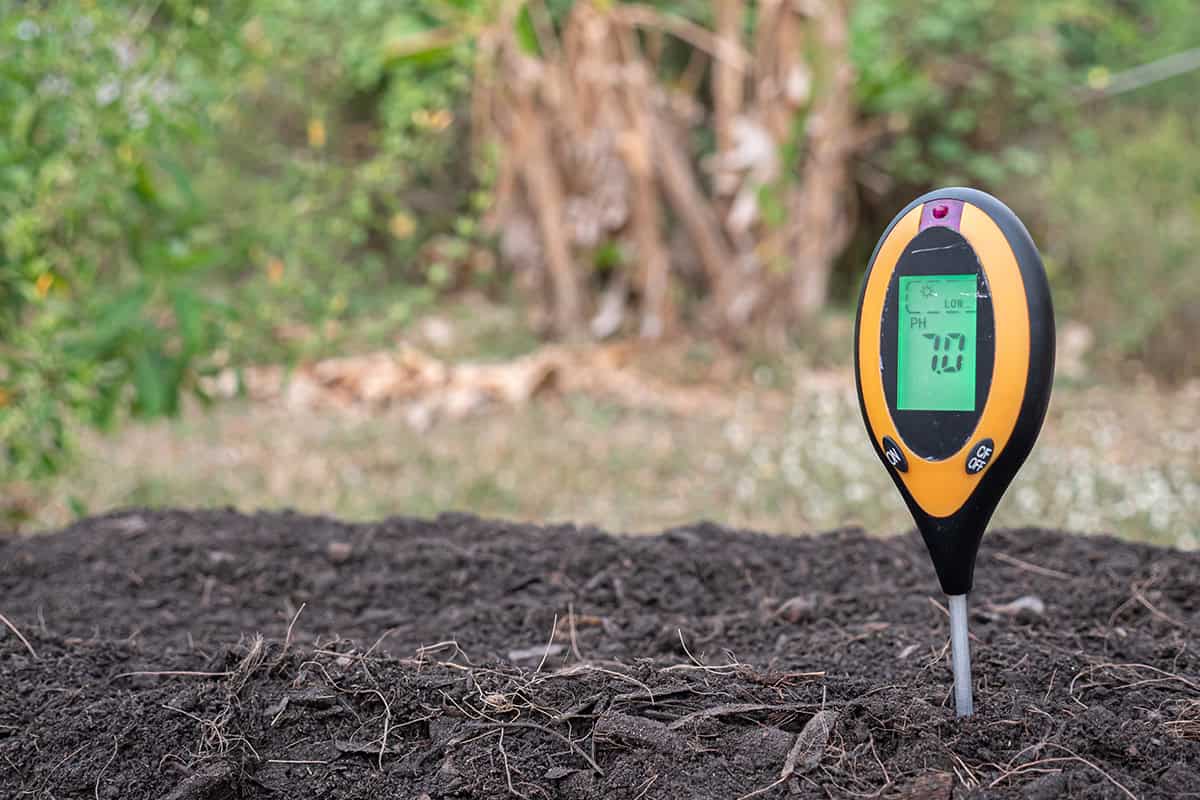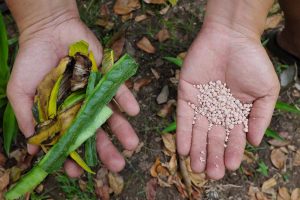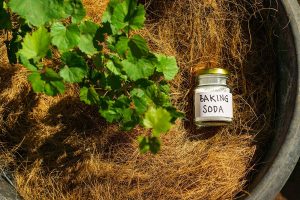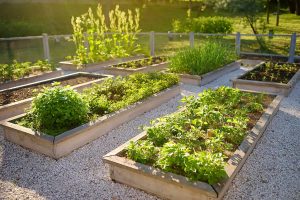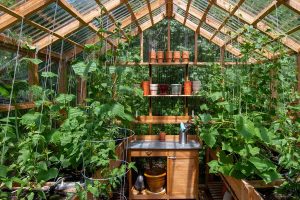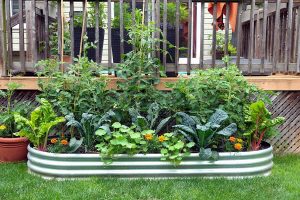Healthy soil is the foundation of a thriving garden, and its acidity level plays a huge role in plant success. Too acidic or too alkaline, and your plants may struggle. Keep reading to learn how to adjust garden soil acidity the right way.
Table of Contents
Why Soil Acidity Matters
Plants depend on soil acidity, or pH, to access the nutrients they need. When soil is too acidic or too alkaline, some nutrients become difficult for roots to absorb. This can limit plant health and growth.
Soil pH ranges from 0 to 14. A pH of 7 is neutral. Values below 7 are acidic, and values above 7 are alkaline. Most garden plants grow best between pH 6.0 and 7.5.
Nutrient availability changes as pH changes. Important nutrients like nitrogen, phosphorus, and potassium work best within the ideal range. If soil pH falls outside this range, you may notice yellowing leaves, stunted growth, or poor yields.
Soil microbes and earthworms also need a balanced pH. They help break down organic matter and release nutrients for plant roots. Unbalanced soil acidity can slow their activity and reduce soil fertility.
You can expect different pH needs, depending on your chosen plants. Blueberries prefer more acidic soil, while most vegetables do best in slightly acidic to neutral conditions. Matching soil pH to plant preference leads to healthier and more productive gardens.
Signs Your Soil Is Too Acidic Or Alkaline
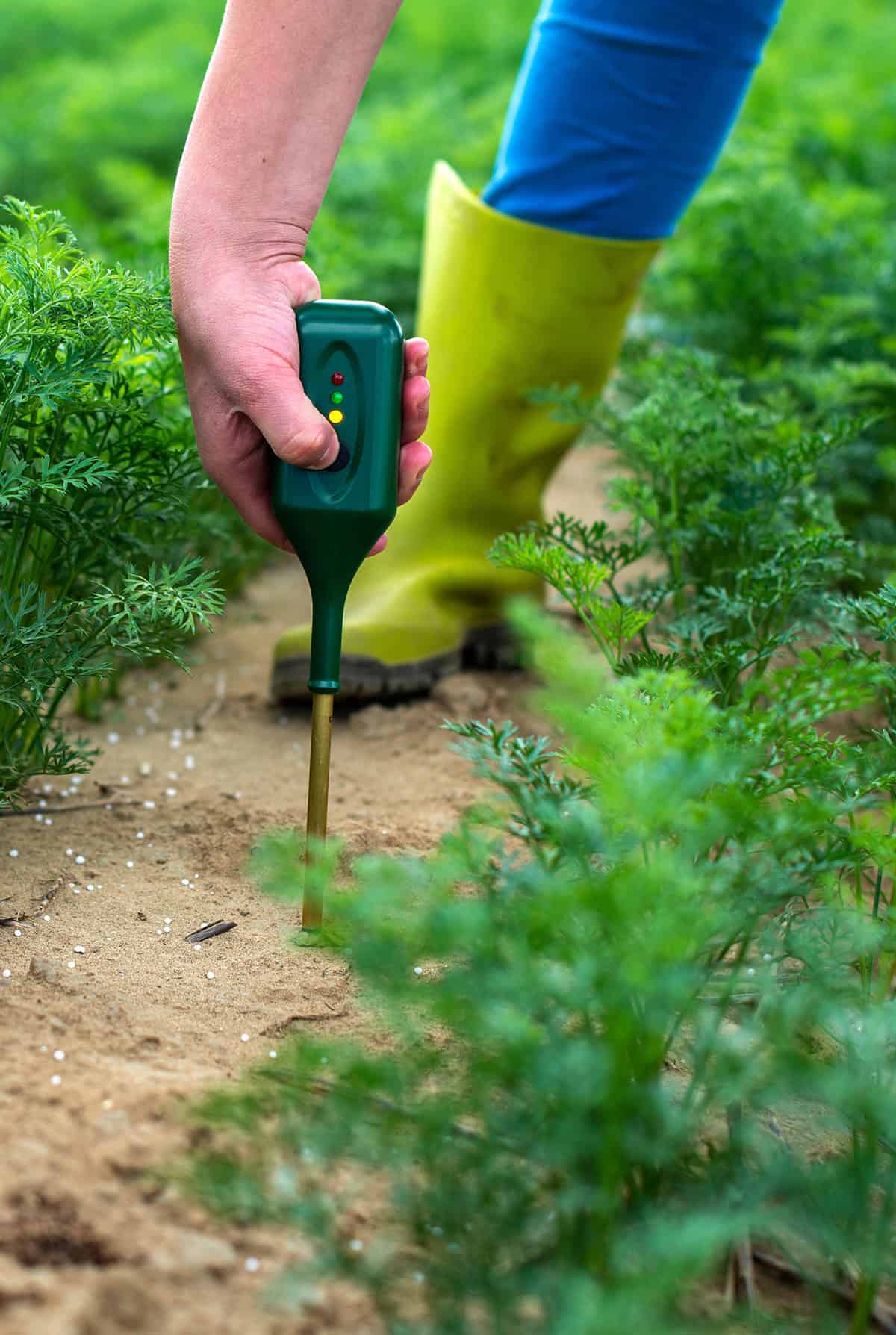
If your plants look unhealthy, your soil pH might be too high or low. You may see leaves turning yellow or plants stunted in growth. Sometimes the problem isn’t clear until you notice certain plants no longer thriving.
With acidic soil, leaves often develop yellow patches between green veins. You might spot weak root growth or fewer flowers. Blueberries and rhododendrons may do well, but your tomatoes and cabbage might struggle.
Soils that are too alkaline can make iron and manganese hard for plants to take up. You could notice pale leaves or dead leaf edges on sensitive plants. Certain vegetables, like potatoes, may show scabby spots or fail to develop properly.
You might also find fertilizers don’t seem to help as much. Certain nutrients can become locked away in both acidic and alkaline soils. If you’ve tried adding nutrients but see little improvement, soil pH could be the cause.
Testing is the only way to know your soil’s acidity or alkalinity for sure. However, plant symptoms can offer helpful clues and can prompt you to look deeper. Keep an eye on patterns across your whole garden for the best insight.
How To Test Your Soil PH
Knowing the pH level in your garden helps you choose the right plants and make decisions about fertilizers. Testing is the first step before changing acidity.
You can use a simple home test kit found at garden centers. These kits usually include test strips or a small chemical solution. Results often appear within minutes.
Laboratory soil tests give more detailed information. They analyze factors like calcium content and texture, which influence pH adjustment. Local agricultural extensions often offer this service.
When testing, collect samples from several spots in your garden. Combine and mix them for a more accurate result. Test moist soil, not dry or muddy soil.
Soil pH is easiest to manage when you know your starting point. The pH scale goes from 0 to 14. Numbers below 7 show acidic soil, above 7 indicate alkalinity.
Some crops grow best with a pH between 6.2 and 7.2. Others, such as blueberries, prefer more acidic conditions. Adjust your garden’s soil based on the needs of your plants.
Ideal PH Levels For Common Plants
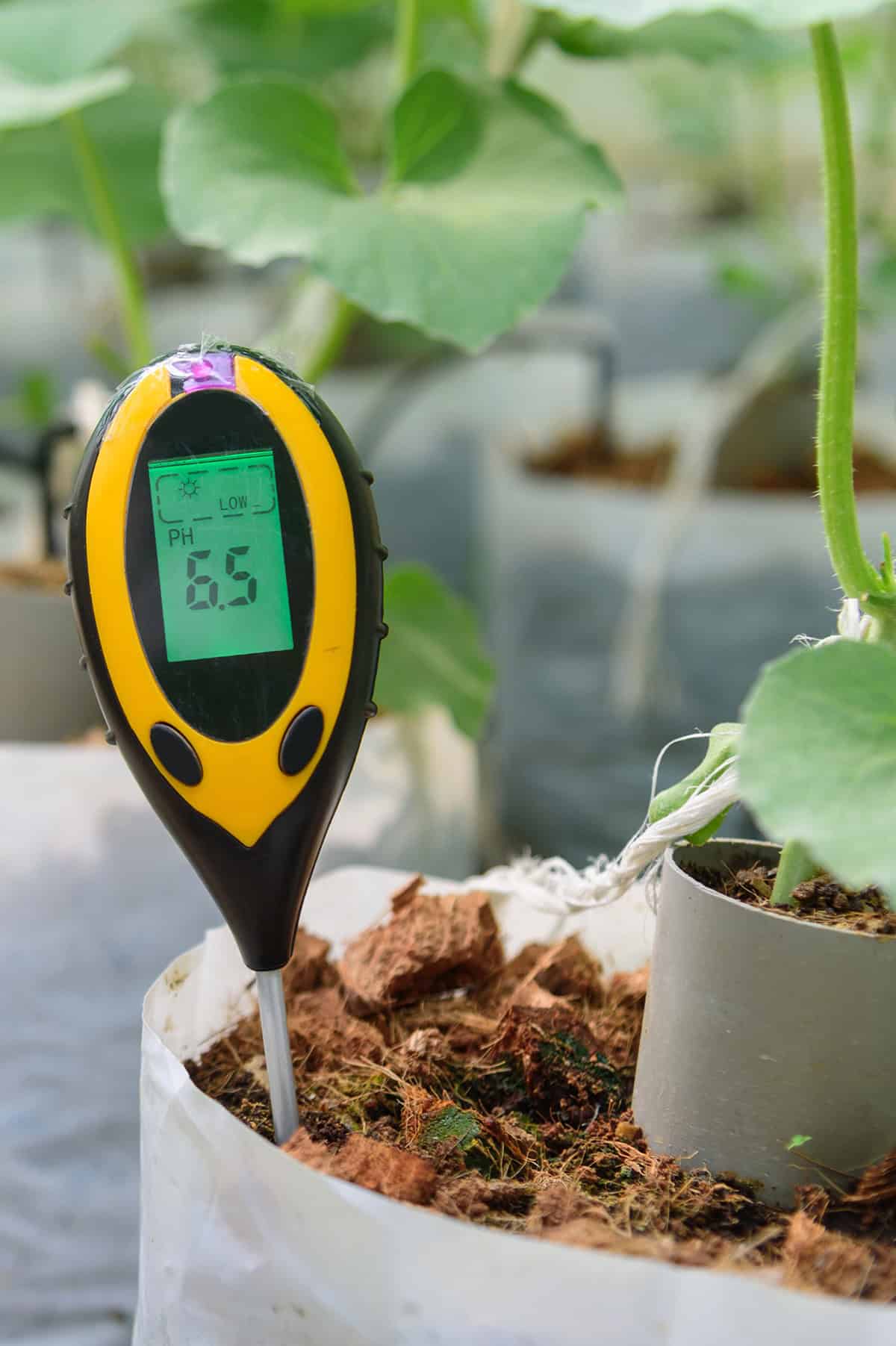
You need to know the right soil pH for your plants if you want strong growth. Different plants do best in soil with certain pH levels. This helps you avoid issues with nutrient availability.
Most vegetables thrive in a pH range of 6.0 to 7.0. Leafy greens like lettuce and spinach prefer slightly acidic to neutral soil. Tomatoes and peppers grow best when soil pH is close to 6.5.
Flowers and shrubs each have their own needs. Roses often favor a pH close to 6.0. Azaleas and rhododendrons need more acidic soil, usually around 5.0 to 5.5.
Fruit plants also have their preferences. Blueberries require very acidic soil, usually between 4.5 and 5.5. Strawberries do well from 5.5 to 6.5.
You should test your soil before planting. Adjusting soil pH gives your plants the best conditions for absorbing nutrients and resisting disease.
How To Lower Soil PH
Gardeners often need to lower soil pH when plants prefer acidic conditions. Blueberries and azaleas are common examples. If your soil is too alkaline, your plants might not get the nutrients they need.
You have several effective ways to make soil more acidic. Elemental sulfur is the most common option. Soil microbes turn sulfur into sulfuric acid, which reduces pH. Work the sulfur into the top several inches of soil.
Aluminum sulfate and iron sulfate also lower pH. They work faster than sulfur but need careful use. Too much can harm your plants.
Organic materials help as well. Peat moss or pine needles can gradually acidify soil. They also add organic matter, which improves soil structure.
Check your soil pH before and after treating. Home test kits are easy to use. Do not apply more amendments than needed.
Avoid harsh chemicals that promise fast results. They may damage soil health and harm beneficial organisms.
Always read package instructions. Each product has specific guidelines for safe use. If you have stubborn alkaline soil, recheck pH every few months.
How To Raise Soil PH
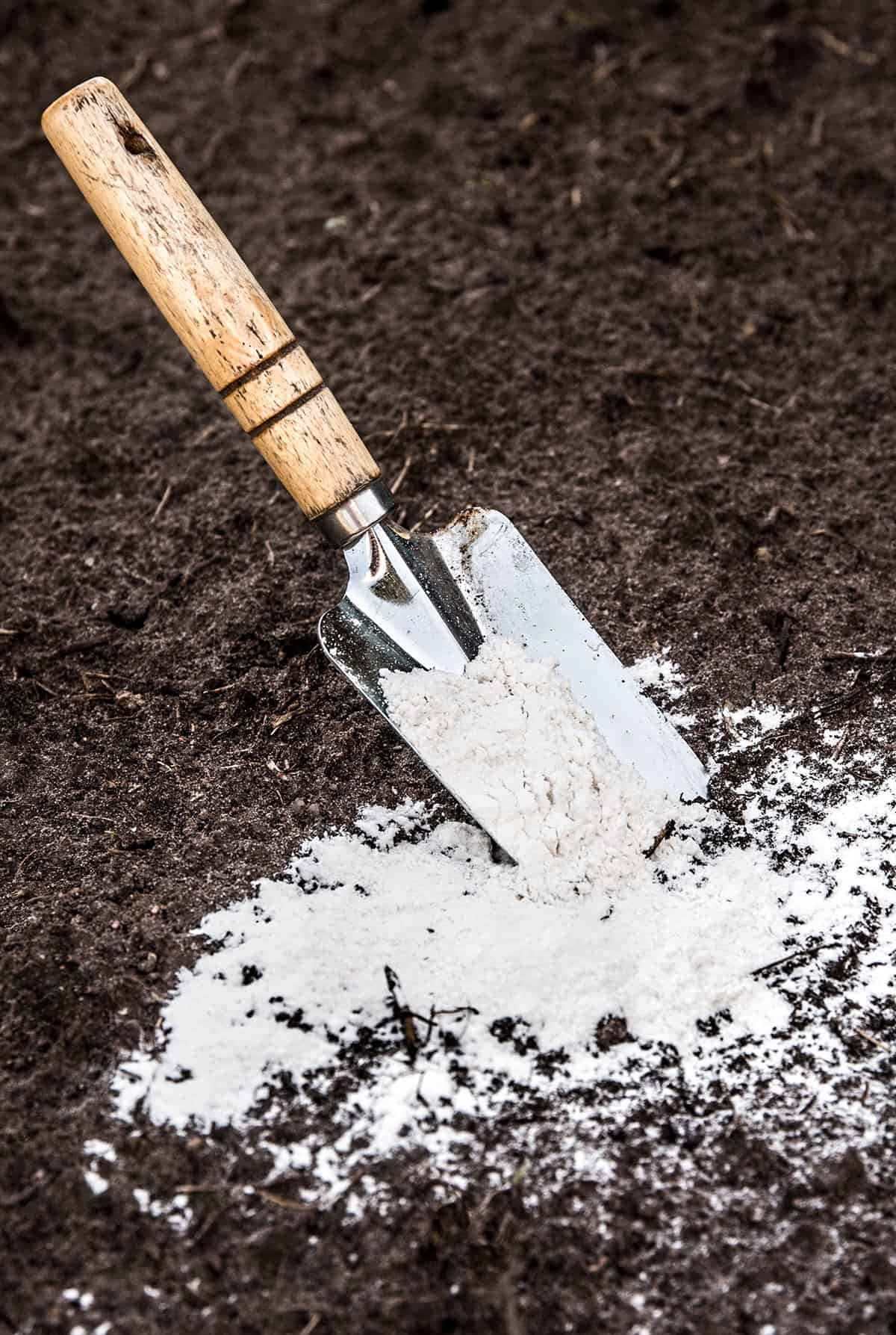
If your soil test shows a pH below 6.0, you may need to increase the pH. Many plants will not thrive in acidic soil because they need more available nutrients.
You make soil less acidic by adding lime. Ground limestone is common. Pelletized lime works well for most gardens. The right amount depends on your current soil pH and the texture of your soil.
Lime changes pH slowly. You may wait several months to see changes after application. Finely ground lime acts faster than coarse lime.
Apply lime in dry weather. Water the area after spreading to help soil absorb the lime. Always follow the recommended rate on soil test results for best results.
If you want a faster option, use hydrated lime, but use it carefully. Hydrated lime can burn plants if you use too much. Only use this type for quick fixes.
Your soil will hold the new pH longer if you work the lime into the upper few inches. Do not apply more than suggested; too much lime can harm plants.
Retest your soil several months after liming. You may need to repeat or adjust based on the new readings.
Natural Ways To Adjust Soil Acidity
Many garden soils can be corrected naturally without harsh chemicals. You can take several simple steps to change the pH using organic or mineral materials.
If your soil tests as too acidic, add ground limestone. This common mineral raises soil pH. Choose dolomitic lime if your soil also needs magnesium. Usually, you’ll spread it evenly and mix it into the top few inches.
Compost helps balance soil. Well-rotted compost often buffers pH extremes and adds nutrients. Organic matter supports beneficial soil microbes, too.
If your soil is too alkaline, elemental sulfur lowers the pH over time. Soil bacteria slowly convert sulfur into acid. Mix sulfur into the soil for best results.
Acidic mulches like pine needles and oak leaves can be used for some crops. These add organic matter and may help decrease alkalinity slightly.
Peat moss works for both boosting acidity and improving soil structure. It is particularly useful for acid-loving plants, such as blueberries.
Adjustment takes time. Natural amendments work with the soil and benefit plant health long-term. Always test soil before and after treatment to guide your next steps.
How Long Soil PH Changes Take
You may wonder how quickly your soil will respond after making changes to acidity. The time frame is not immediate. Several factors, like the kind of soil amendment you use and your soil’s texture, control the speed.
When you add lime to raise pH, changes usually take place over several months. Finer-textured clay soils absorb adjustments more slowly than sandy soils. You may need to wait a year to see the full effect.
Lowering soil pH with elemental sulfur or other acidifying products also takes time. Microbial activity breaks down these amendments, which depends on temperature and moisture. Results tend to appear more slowly in cool or dry conditions.
Applying amendments in fall gives them several months to interact with your soil before the next planting season. After making changes, always check pH again in a few months.
Adjusting soil acidity isn’t an overnight fix. Patience usually pays off with healthier plants in the long run.
Tips For Maintaining Balanced Soil PH
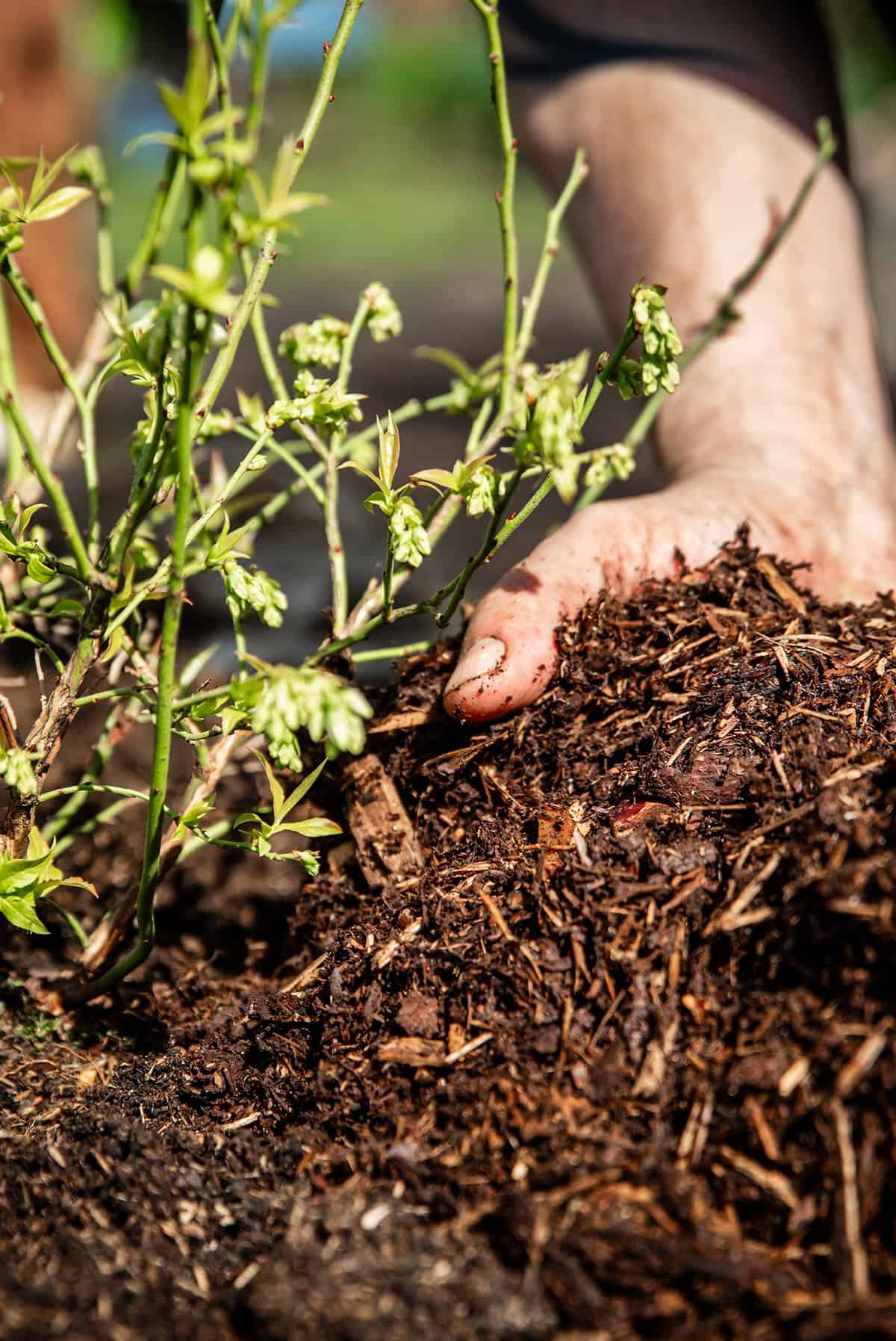
Testing your garden soil now and then helps you spot pH changes before they become a headache. Rain, fertilizer, and even that compost pile can nudge things one way or the other. Once or twice a year is usually enough for most gardens.
Mixing in organic matter, like a good scoop of compost, does wonders for keeping things steady. It acts like a buffer, so your soil doesn’t swing wildly between acidic and alkaline. Plus, it just makes everything healthier down there—roots can breathe and grab nutrients with less fuss.
Fertilizer choice isn’t just about nutrients. Some types will tip your soil more acidic, others go the opposite way. Always check the label, and don’t get heavy-handed with the application rates. It’s easier to add more than to fix a mistake.
Water plays a bigger role than most folks realize. Overwatering can flush out nutrients or mess with your pH. Keep things damp, not soggy, and you’ll avoid a lot of trouble.
If your soil’s veering too acidic, a sprinkle of garden lime can help. For spots that are leaning alkaline, elemental sulfur or a bit of peat moss might do the trick. Take it slow—make a change, test again, and only then think about another round.
Mulch isn’t just for looks or moisture. Pine needles, for instance, are a little acidic and can nudge your pH if you use them year after year. Shredded leaves have a gentler impact, but it all adds up over time.
Not every plant will thrive in the same pH. Some are picky—others don’t seem to care. If you pick varieties that match what you’ve got, you’ll save yourself a lot of hassle. When in doubt, check a reliable source for what your crop prefers.
